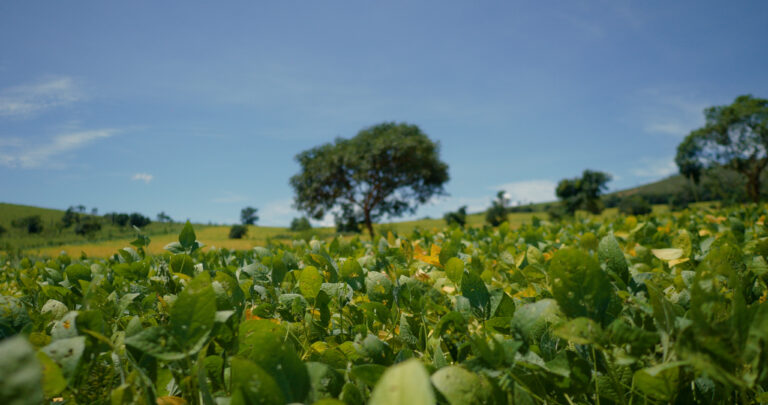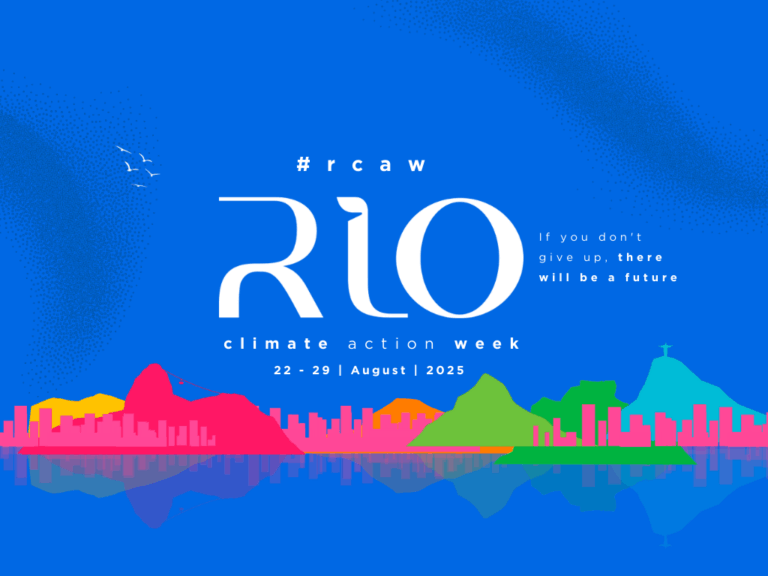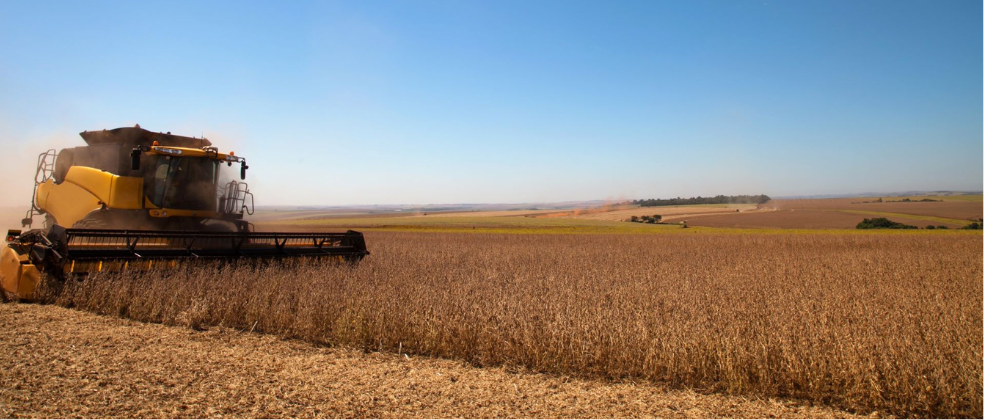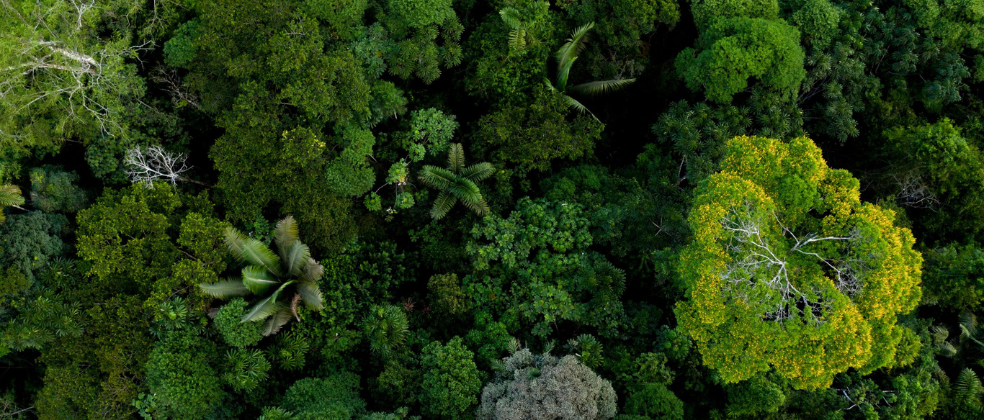The Responsible Commodities Facility (RCF) was featured as a concrete example of how innovative, climate-aligned finance can support sustainable agriculture in Brazil.
On 25 June 2025, Sustainable Investment Management (SIM) CEO, Pedro Moura Costa, and Steven Ripley, Director of Investor Engagement, joined leading stakeholders at the 5th Brazilian Agritech Briefing, hosted by the Embassy of Brazil in London during London Climate Action Week and in celebration of 200 years of Brazil–UK diplomatic relations. The event brought together investors, policymakers, and agribusiness leaders to explore Brazil’s leadership in sustainable agriculture, reforestation, and green finance.
Representing SIM, Pedro presented the RCF’s impact to date, highlighting that RCF-supported farms currently conserve over 130,000 hectares of native vegetation, estimated to store a volume of carbon equivalent to around 5% of the UK’s annual carbon footprint.
The RCF was launched in 2022 with the backing of UK-based supermarket groups and Rabobank in 2023, among other investors, marking an innovative collaboration across Brazil, the UK, and the Netherlands. This cross-sectoral alignment on deforestation-free supply chains reflects a growing strategic interest at the intersection of climate policy and international trade.
As Brazil prepares to host COP30, the Briefing reaffirmed the country’s position as a key partner in advancing credible, nature-based climate solutions that deliver both environmental and economic returns.
SIM warmly thanks H.E. Antonio de Aguiar Patriota, Ambassador of Brazil to the UK, and the Embassy of Brazil in London for hosting such a timely and impactful event.






